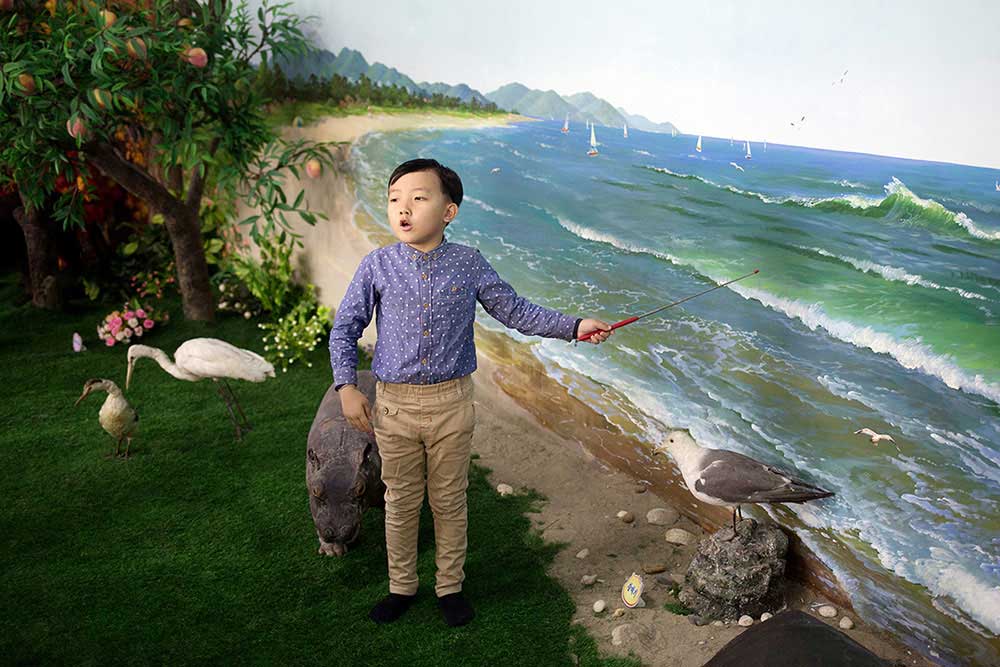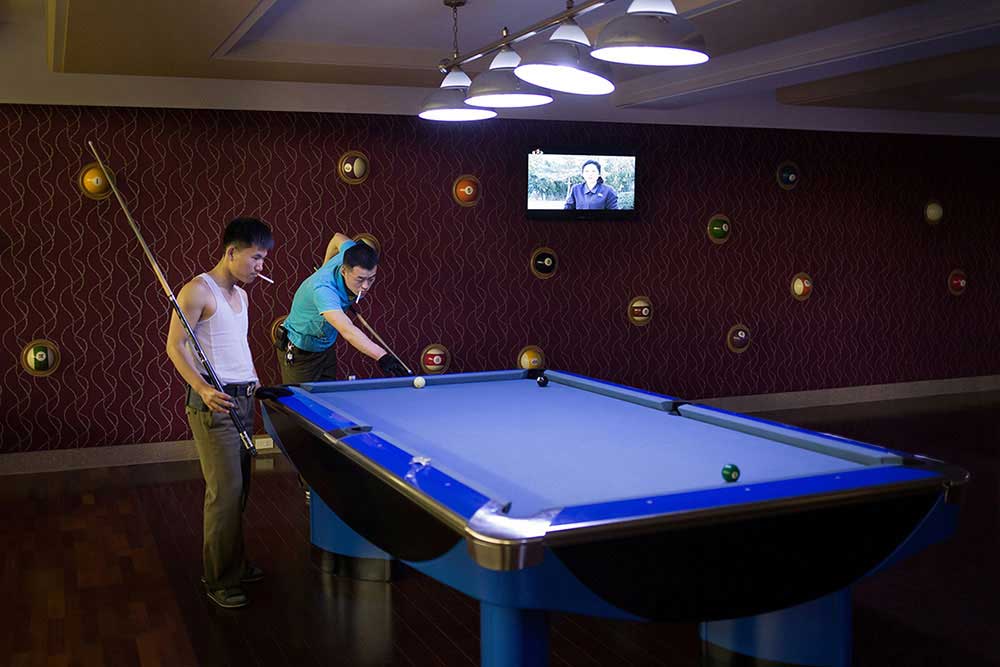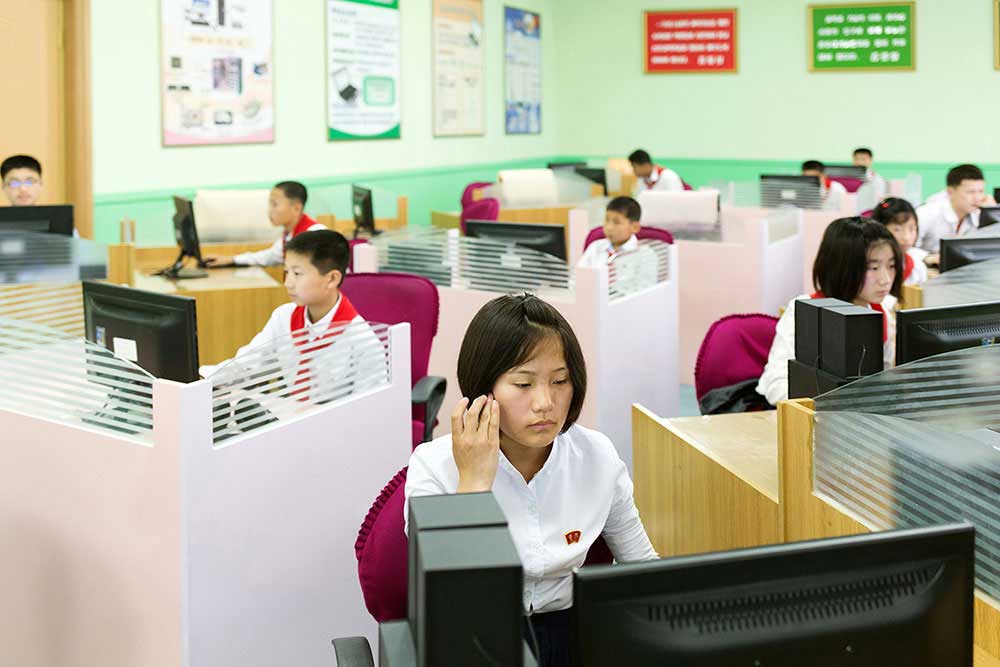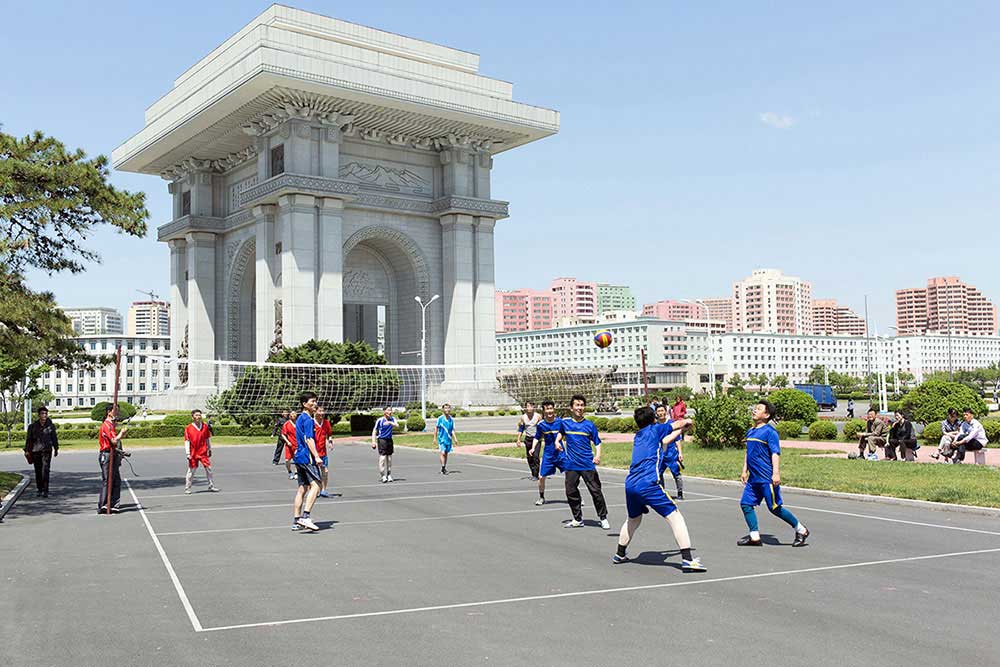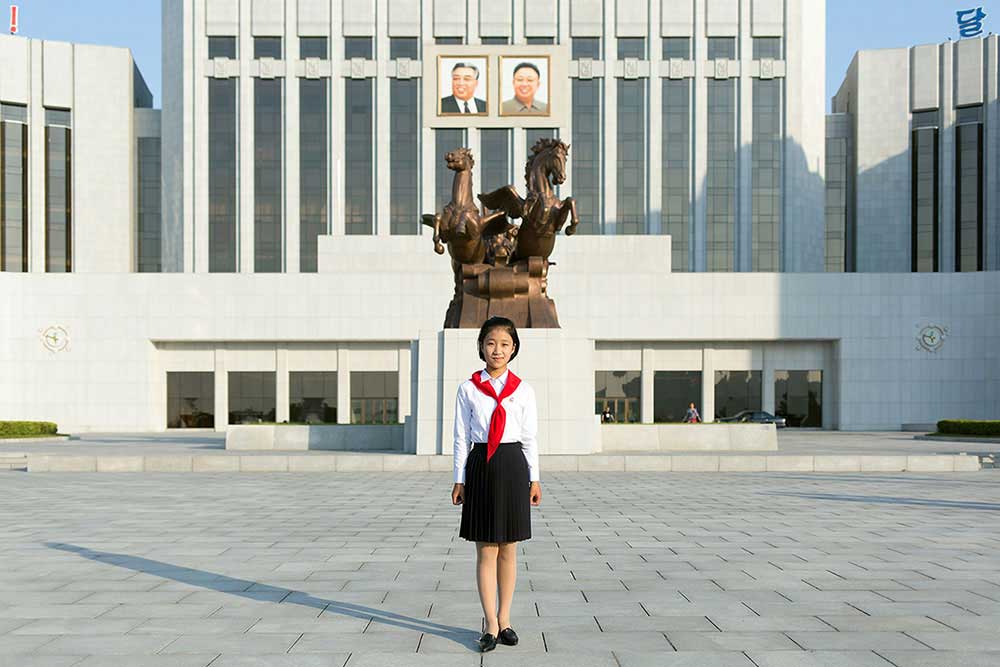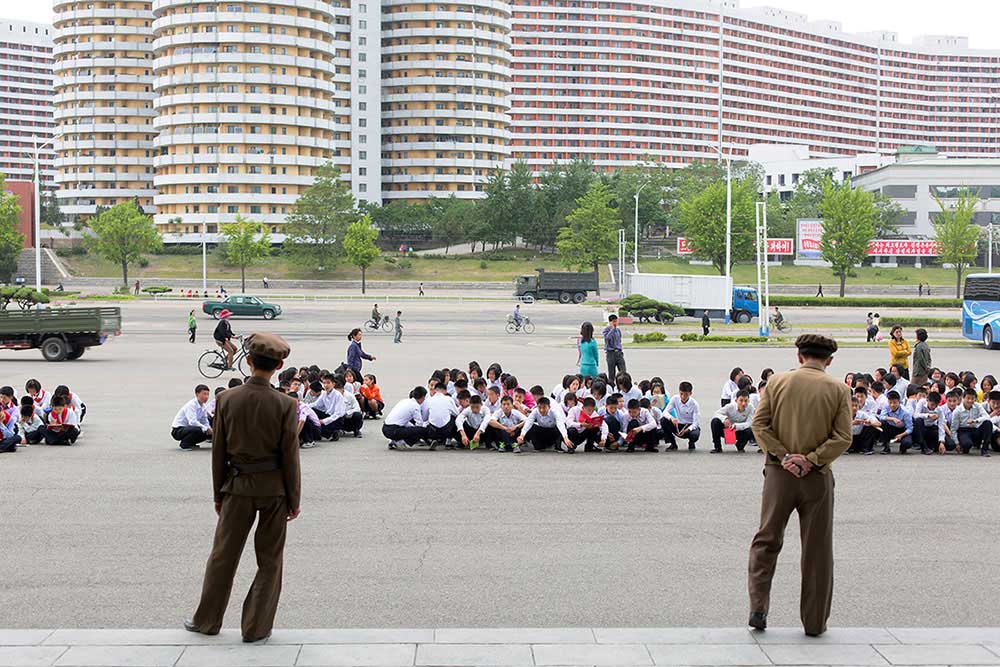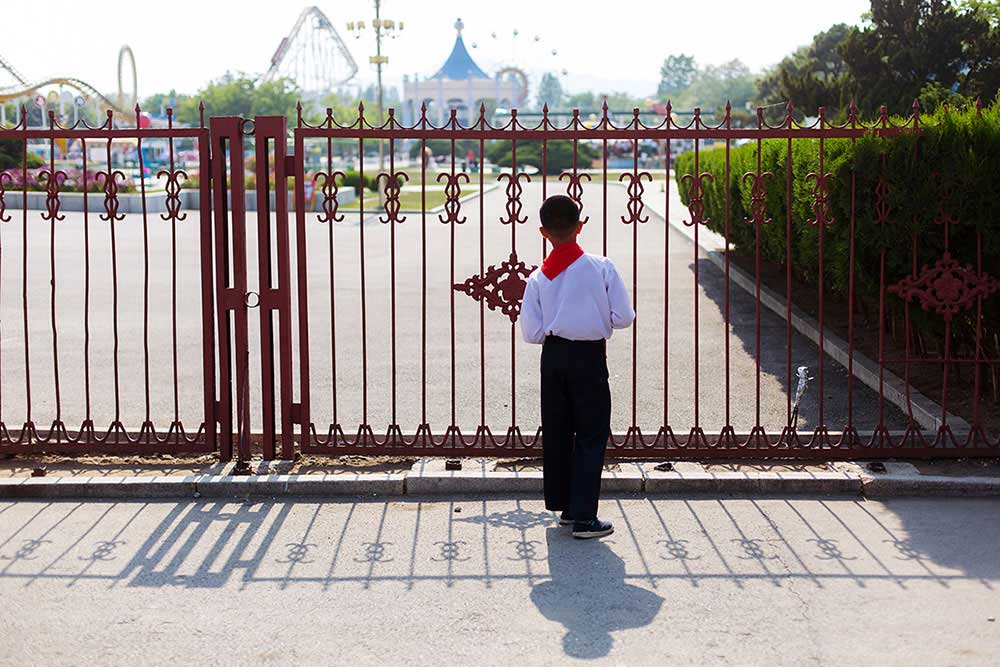Between 1905 and 1945 Korea was dominated by the Japanese, thus becoming a colony of the Empire. In 1945, after Japan’s defeat, Korea was involved in the Cold War and became an object of interest for the USA, the URSS and lately for China as well.
This brought to the division of the country in two along the 38th parallel and to the Korean War between 1950 and 1953. On the 27th of July of 1953, an armistice was signed but a declaration of peace never followed, leaving the country in a permanent state of conflict.
North Korea is officially a socialist State with formal elections but in fact, it is a totalitarian dictatorship based on the cult of the Kim dynasty, practically an absolute monarchy. Since 1948 the country was ruled by Kim Il-Sung, the “Great Leader”; in 1994 his son, Kim Jong-II the “Dear Leader” succeeded him and until in 2011 Kim Jong-Un, his son, the “Brilliant Comrade” became Supreme Leader.
North Korea is one of the most secluded countries in the world, we know little about it and the citizens’ rights are subdued to the country’s needs. Citizens have no freedom of speech, media are strictly controlled, you can travel only with authorization and it is not allowed to leave the country. The few foreign travellers who get the visa can travel the country only with authorized Korean guides, who have also the task of controlling, censoring and finding spies.Pyongyang, the capital, is the centre of all the resources and the country’s ambition to boast a strong and modern façade (the rest of North Korea is composed of countryside, rice-fields and villages usually with no water, electricity or gas).
The continuous and incessant propaganda against the USA portraits the South Korean population as a victim of the American invasion; young generations live in a constant alert state as if the USA could attack any day. At the same time, the propaganda aims at instilling a great sense of pride for the country’s technical progression, fueled by the Supreme Leader and culminating in the atomic bomb and the subsequent tests.Pyongyang youngsters have been educated to be learned and knowledgeable people, especially in the scientific field, to foster the development of armaments and technology, chasing the dream of reuniting Korea in a whole and free state.
ABOUT FILIPPO VENTURI
Filippo Venturi (Cesena, 1980) is an Italian documentary photographer.He works as a multi-disciplinary photographic artist specialising in conceptual documentary and reportage Photography. I look at identity, displacement and the human condition.He also pursues many personal stories and projects on stories that he finds interesting.His works have been published in different newspapers and magazines such as The Washington Post, Financial Times, Vanity Fair, Internazionale, La Stampa, Geo, Marie Claire, Die Zeit, Gente, D di Repubblica, Io Donna/Corriere della Sera.
In 2016 his work, “Made in Korea” about South Korea, has been hosted at the Italian Center for Fine Art Photography in Bibbiena, at Modena’s Foro Boario as New Talent selected by the Modena Foundation Photography, at Rome’s Museum of Contemporary Art (MACRO) as selected Emerging Talent and at Somerset House in London by the Sony World Photography Awards.In 2017 he was the photographer sent by Vanity Fair in North Korea.In 2018 he is Testimonial Photographer for Fujifilm for the project “The Family in Italy”. [Official Website]
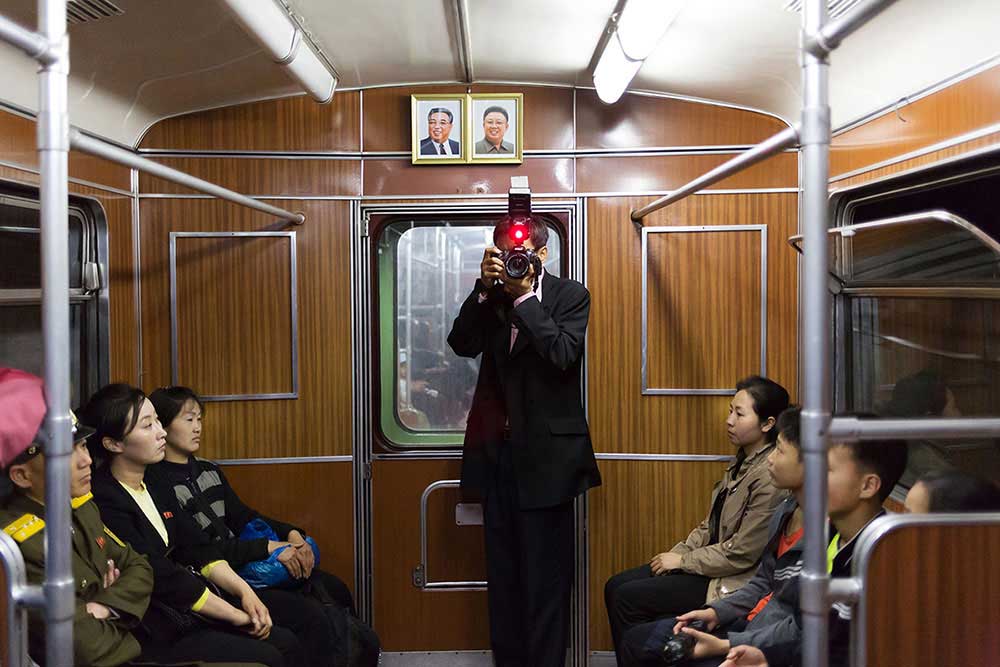
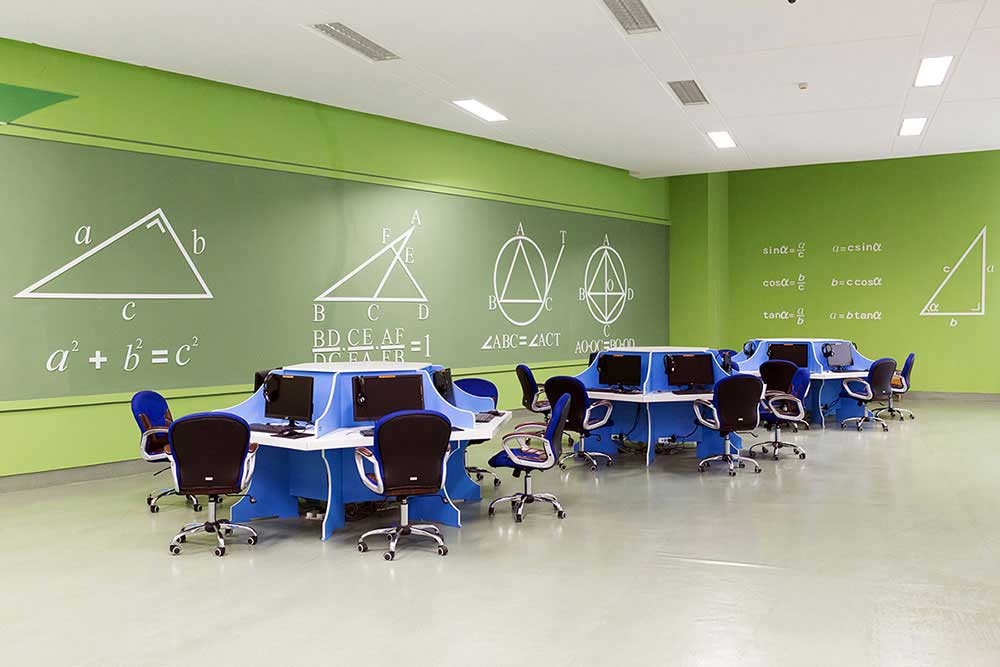
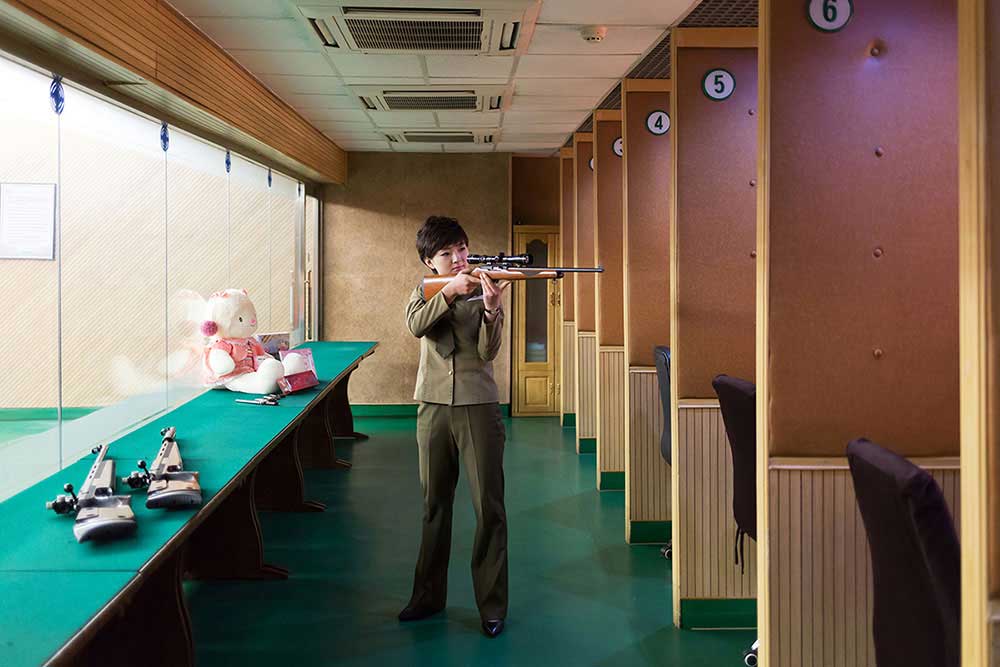
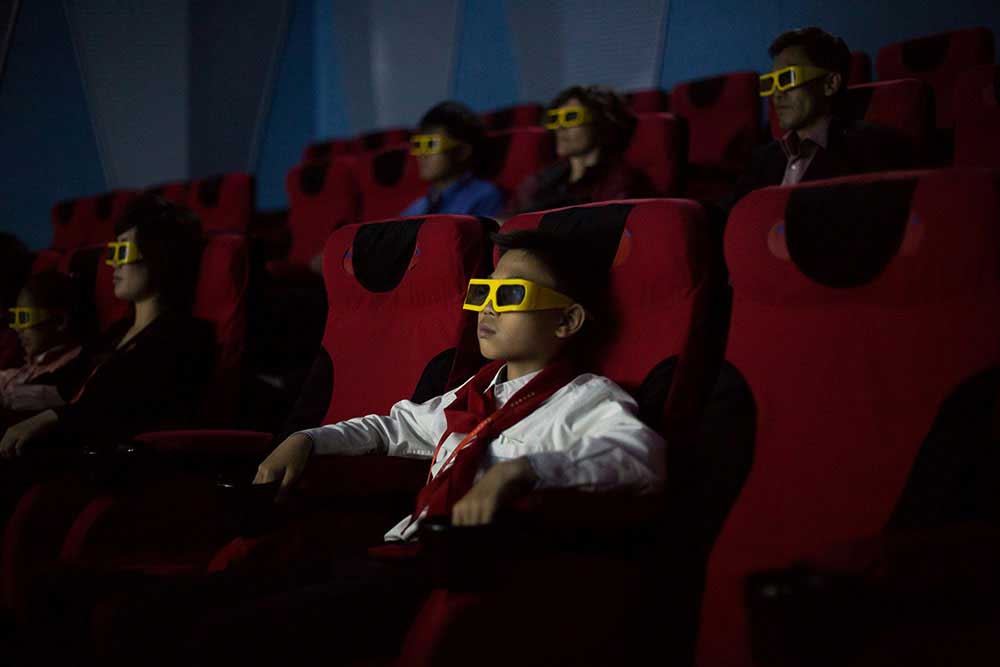
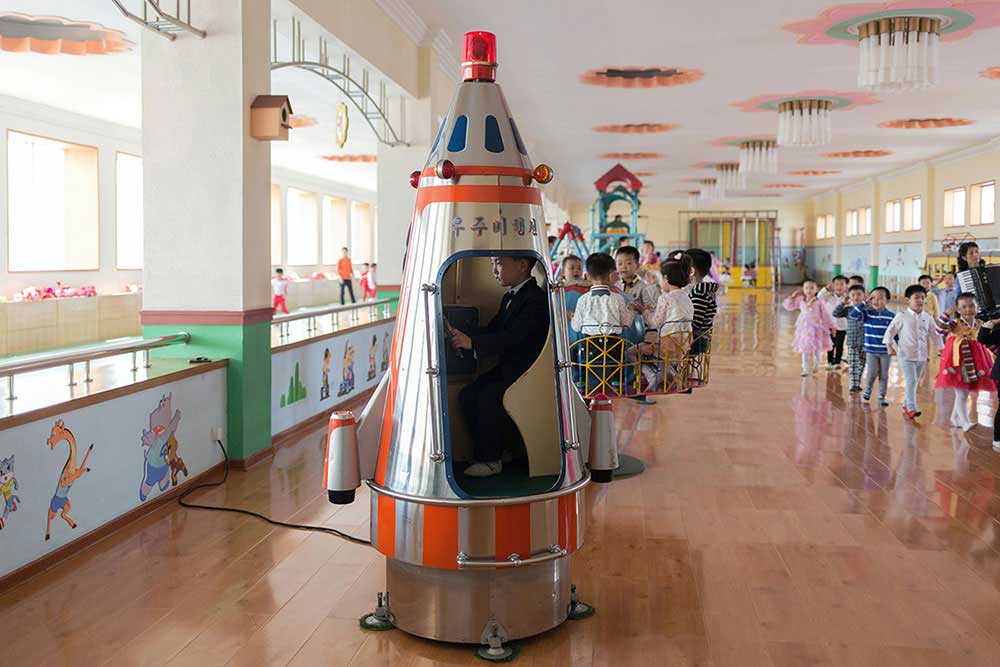
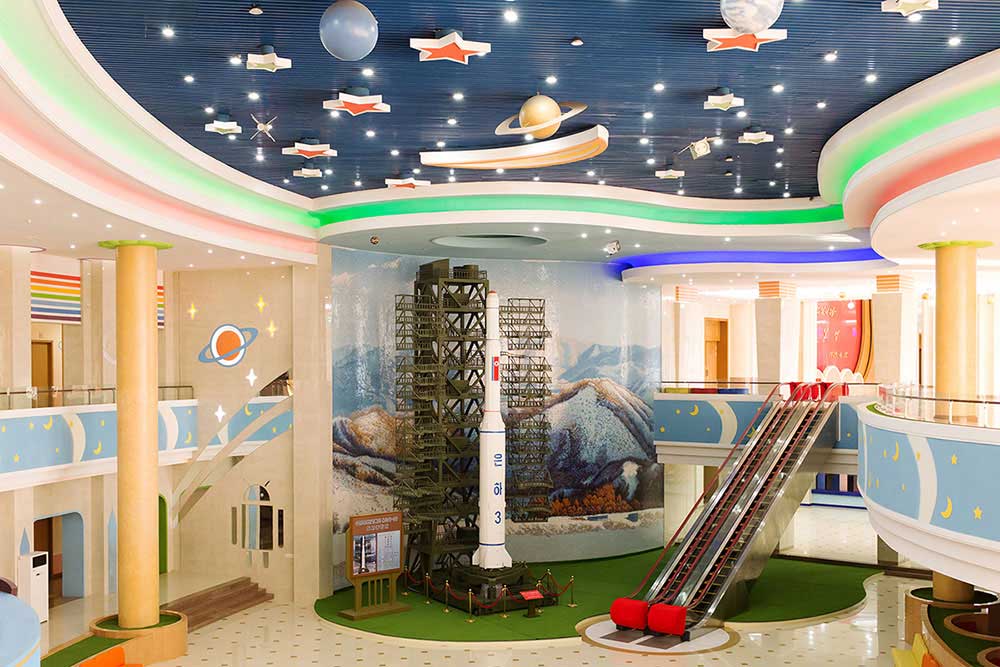
In the centre a reproduction of the satellite Kwangmyongsong-4, put into orbit in 2016 and a great national pride.
